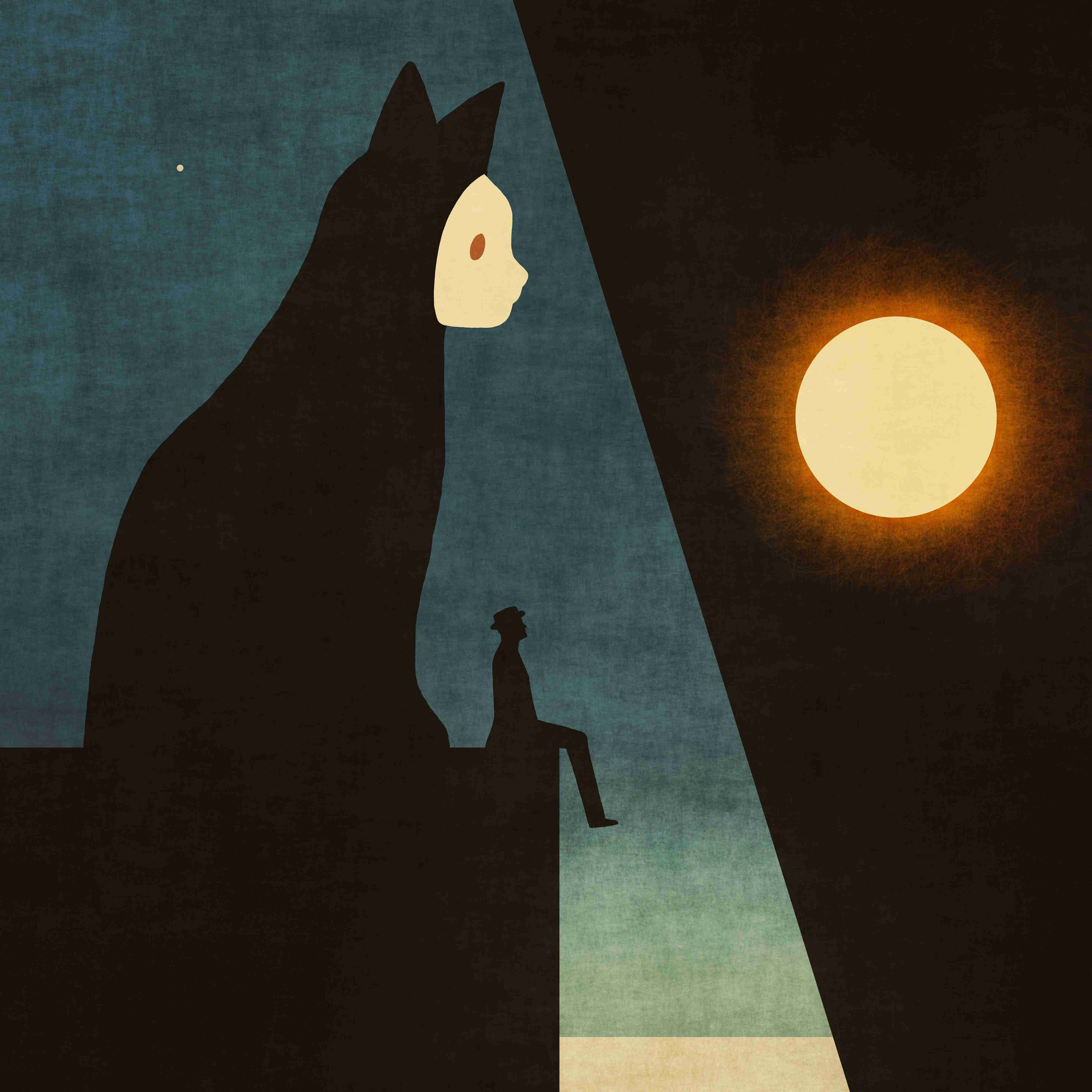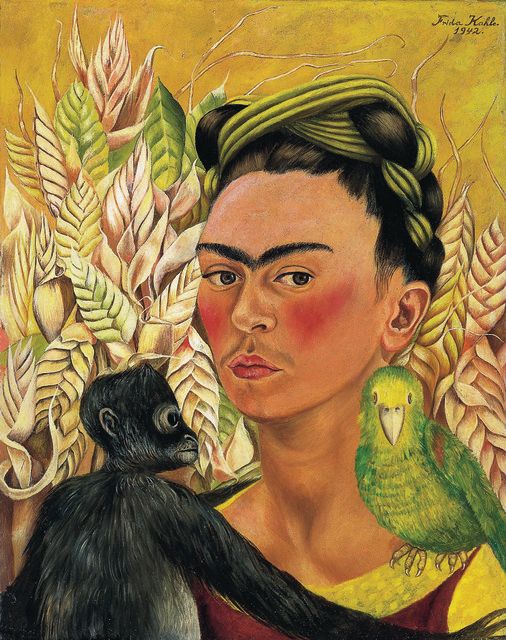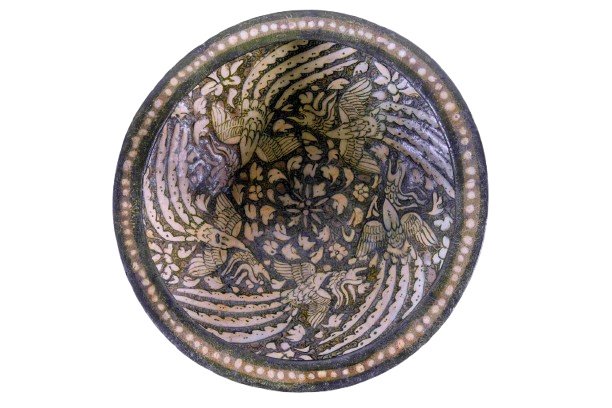The Infinite Worlds of “Imagined"
Heroes & Villains: Making its debut on TV in 1975, known as UFO Robot Grendizer, Grandizer, Goldrake and Goldorak, this Japanese manga and animated television series created by Go Nagai became a favorite in the Middle East when dubbed into Arabic, together with a collection of other Japanese anime that have shaped the lives of several generations.
Imagination is humanity’s first and most powerful technology.
Long before we built cities or coded algorithms, we told stories—myths of gods and monsters, legends of heroes and villains, whispered tales of worlds beyond our own.
These imagined realms did and do more than entertain; they shape cultures, challenge perceptions, and offer escape while also reflecting our deepest fears and brightest hopes.
From the futuristic visions of science fiction that push the boundaries of what’s possible (such as time travel to lightsabers) and the fantasy epics and timeless tales (such as the One Thousand and One Nights) that resurrect ancient magic in modern minds, to the vibrant, kinetic energy of comic books, anime, manga and graphic novels; all these genres remind us that imagination is not just child’s play. It is innovation, self-reflection and empathy all at once.
In this edition, we celebrate the theme of “Imagined” and the boundless realms of the mind, where dragons soar through neon-lit skies, starships chart courses through mysterious nebulae, and the ordinary transforms into the extraordinary with the turn of a page or click of a button.
It is important to pause and appreciate the pioneers in this field, such as Mary Shelley's Frankenstein (1818), often called the first true science fiction novel. Still, there is an earlier work from the Arab literary heritage believed to include the world’s first sci-fi novel, written some time between 1268 and 1277: Ibn Al nafis’s Al Risalah Al Kamiliyyah fil Sira al-Nabawiyyah (The Treatise of Kamil on the Prophet’s Biography). Also known as Theologus Autodidactus, this book imagines a boy on an island who meets a set of castaways and who is then taken back to the civilised world. The philosophical book explores all sorts of themes, including doomsday, futuristic technology, and a self-taught protagonist that predates Western sci-fi by centuries.
From the Epic of Gilgamesh (c 2100 - 1200 BCE) — an ancient Sumerian and Akkadian epic poem about the eponymous hero, Gilgamesh — to J.R.R. Tolkien’s The Lord of the Rings (1954-55), we encounter endless brave heroes and powerful villains in hundreds of imagined worlds that inspire us, sometimes terrify us, but always take us beyond our known world.
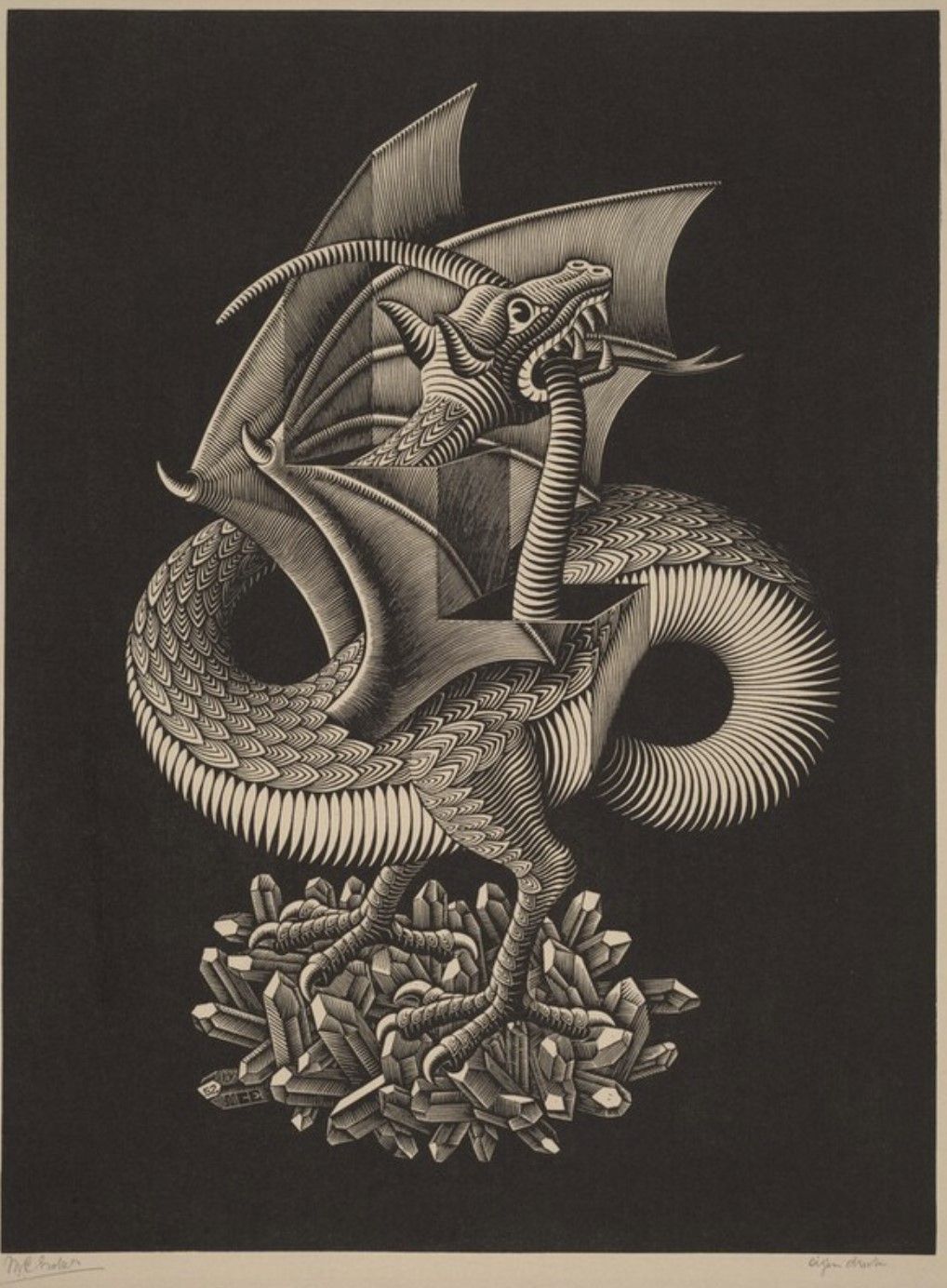
Dragon (1952) by M.C. Escher (1898-1972) 1952. Wood engraving. Credit Line: Cornelius Van S. Roosevelt Collection. Public Domain, National Gallery of Art.
What if one could become a prince from another planet, such as Duke Fleed in our beloved and nostalgic anime Grendizer, for a day, and protect our loved ones and the planets from an evil empire with the help of a formidable robotic companion? I know I would love to pilot Grendizer for at least a day and go on an adventure!
Asking yourself the ‘what if’ may help you process reality by reshaping it first in your mind, and see where it takes you.
Imagination is not just escape — it is expansion. It may well be the blueprint for progress, the spark of positive possibilities, and the bridge between cultures, even if some of them are imagined.
To the dreamers, wanderers, world-builders, and everyone else in between, we hope you enjoy this latest edition, and may it inspire new ideas and possibilities.
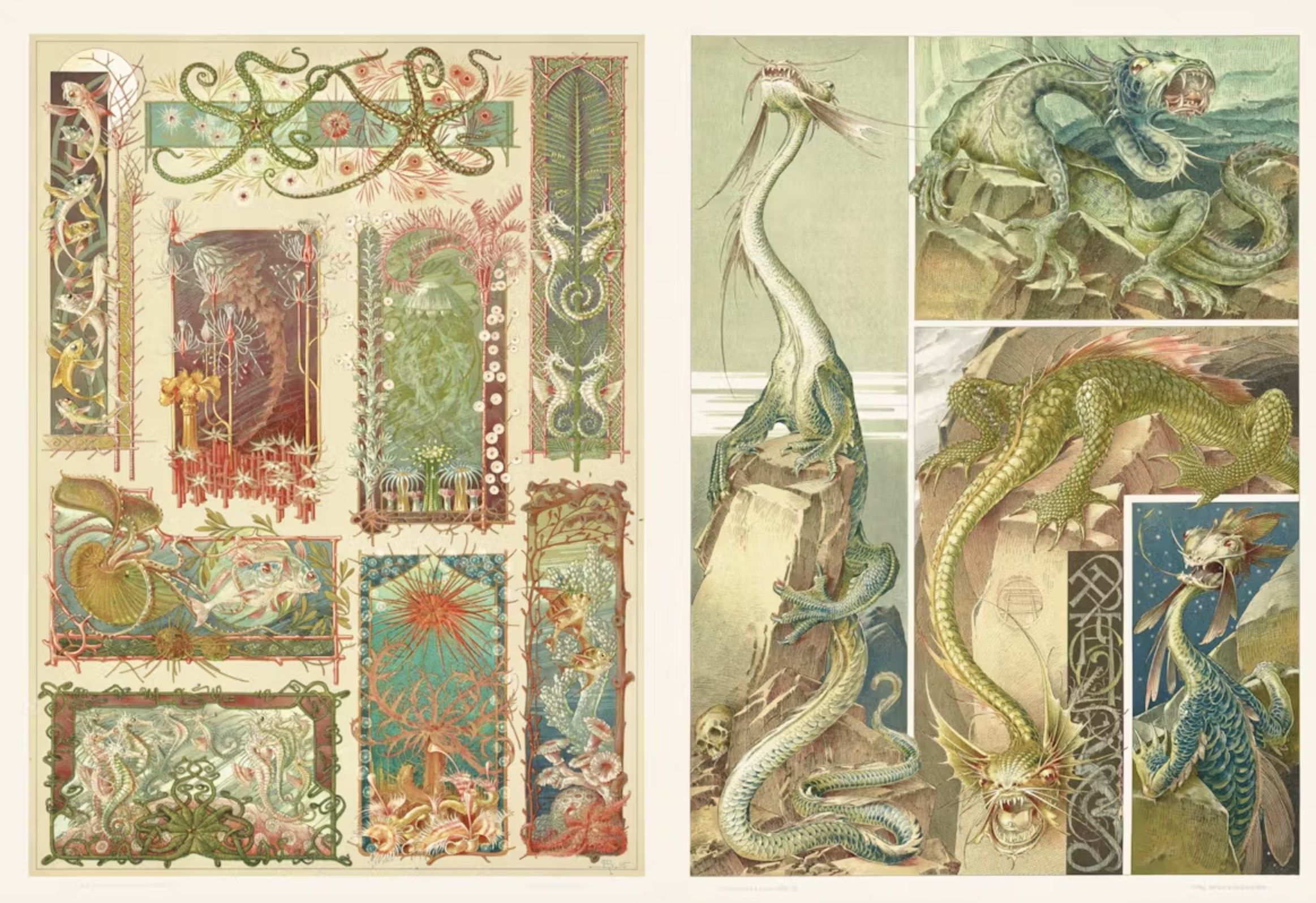
What do you see? Enjoy Anton Seder’s The Animal in Decorative Art (1896). Credit: Public Domain Review.
